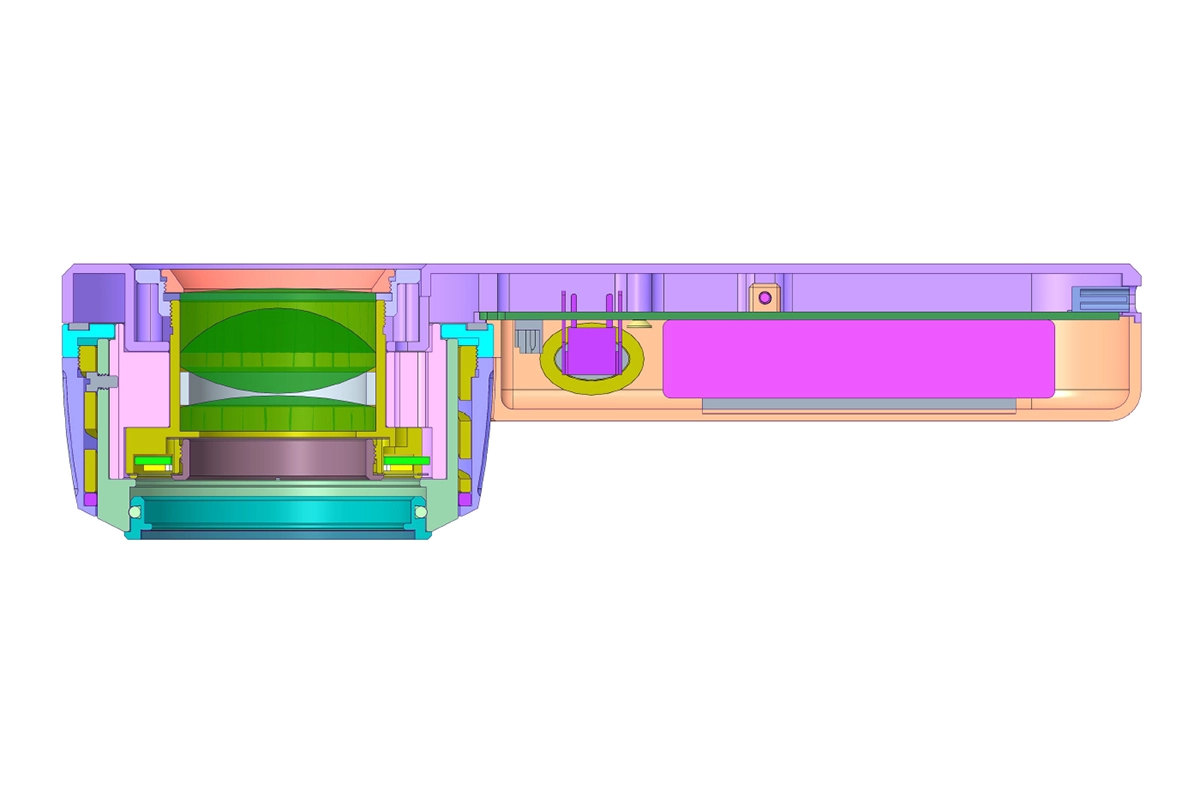Best Sellers
-
DE-4100 Dermatoscope
$699.00 -
DE-3100 Dermatoscope
$499.00 -
DE-400 Dermatoscope
$179.00 -
DE-315 Woods Lamp
$109.00
-
DE-4100 PRO Dermatoscope
$799.00 -
DE-4100 Dermatoscope
$699.00 -
DE-3100 PRO Dermatoscope
$599.00 -
DE-3100 Dermatoscope
$499.00 -
DE-400 Dermatoscope
$179.00 -
DE-300 Dermatoscope
$109.00
Our Latest Articles
Find the latest dermatology news and our product reviews
What are the Common Skin Cancers?
Skin cancer stands out as the most prevalent form of cancer globally, with millions of new diagnoses annually. Unlike many other cancers, skin cancer often presents visible signs, making early detection feasible. The American Cancer Society reports a steady rise in skin cancer incidence over recent decades. Among these, basal…
IBOOLO Optical Dermatoscope
An optical dermatoscope is a medical device used in dermatology to examine skin lesions. This non-invasive tool is essential for the early detection and diagnosis of various skin conditions, including skin cancer. IBOOLO optical dermatoscope combines a high quality magnifying lens and a powerful lighting system, which greatly enhance the
Digital Dermatoscope Vs. Optical Dermatoscope
In the realm of dermatology, two primary tools aid professionals in examining skin lesions: digital dermatoscopes and optical dermatoscopes. A digital dermatoscope is a sophisticated device that combines traditional dermatoscopy principles with digital technology. It typically consists of a handheld device equipped with a camera and a light source, connected
IBOOLO Wood’s Lamp
A Wood’s lamp, also known as a ultraviolet light lamp or black light, is a diagnostic tool that emits long-wave ultraviolet radiation at a wavelength of 320–400 nanometers. Invented by physicist Robert Williams Wood in 1903, this device leverages the unique fluorescent properties of certain biological and chemical substances. When
What are the Common Skin Cancers?
Skin cancer stands out as the most prevalent form of cancer globally, with millions of new diagnoses annually. Unlike many…
IBOOLO Optical Dermatoscope
An optical dermatoscope is a medical device used in dermatology to examine skin lesions. This non-invasive tool is essential for…
Digital Dermatoscope Vs. Optical Dermatoscope
In the realm of dermatology, two primary tools aid professionals in examining skin lesions: digital dermatoscopes and optical dermatoscopes. A…
IBOOLO Wood’s Lamp
A Wood’s lamp, also known as a ultraviolet light lamp or black light, is a diagnostic tool that emits long-wave…
IBOOLO Dermatoscope Light
Different IBOOLO dermatoscope models come with different lighting modes. The IBOOLO mini dermatoscopes DE-300 and DE-400 only have two lighting…
IBOOLO Dermatoscope Accessories
What Are the Available Accessories for IBOOLO Dermatoscopes? When it comes to enhancing the functionality of your IBOOLO dermatoscope, there…
The Best Dermoscopy Tools: A Comprehensive Guide to Top Devices for Skin Examination
Dermoscopy is an essential technique for examining skin lesions, enabling early detection of conditions such as melanoma, fungal infections, and…
The Best Dermatoscopes: A Comprehensive Guide to Top Models
Dermatoscopes are essential for dermatologists, medical professionals, and even individuals interested in skin health monitoring. With advanced technology, these devices…
Can a dermoscopy detect melanoma
Melanoma is a dangerous skin cancer, which threatens the lives of people all over the world.It starts from melanocytes. Melanocytes…
Something About IBOOLO
Why did IBOOLO start developing dermatoscopes? In 2012, IBOOLO was born from a simple dream: to change people’s lives with…




























































































